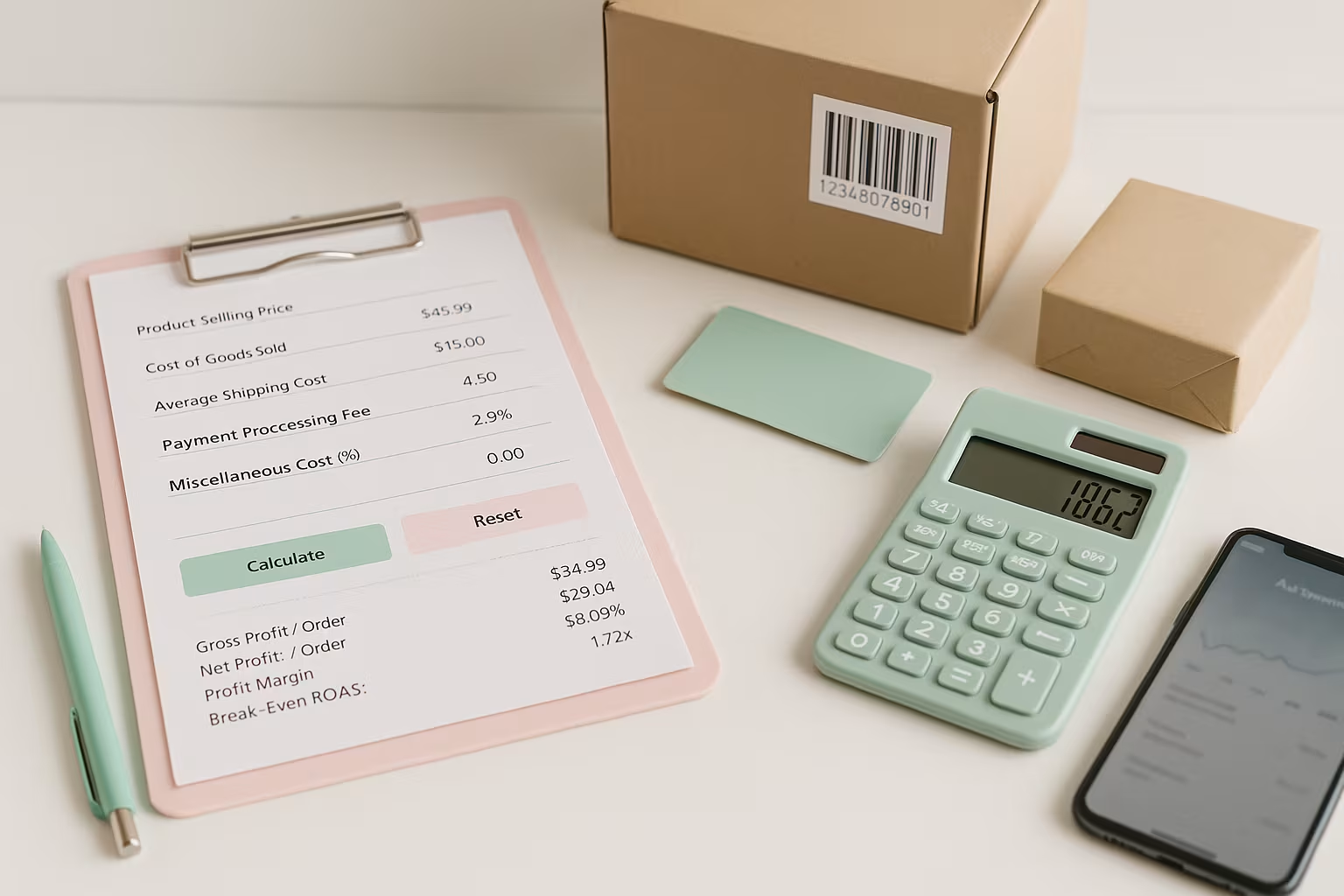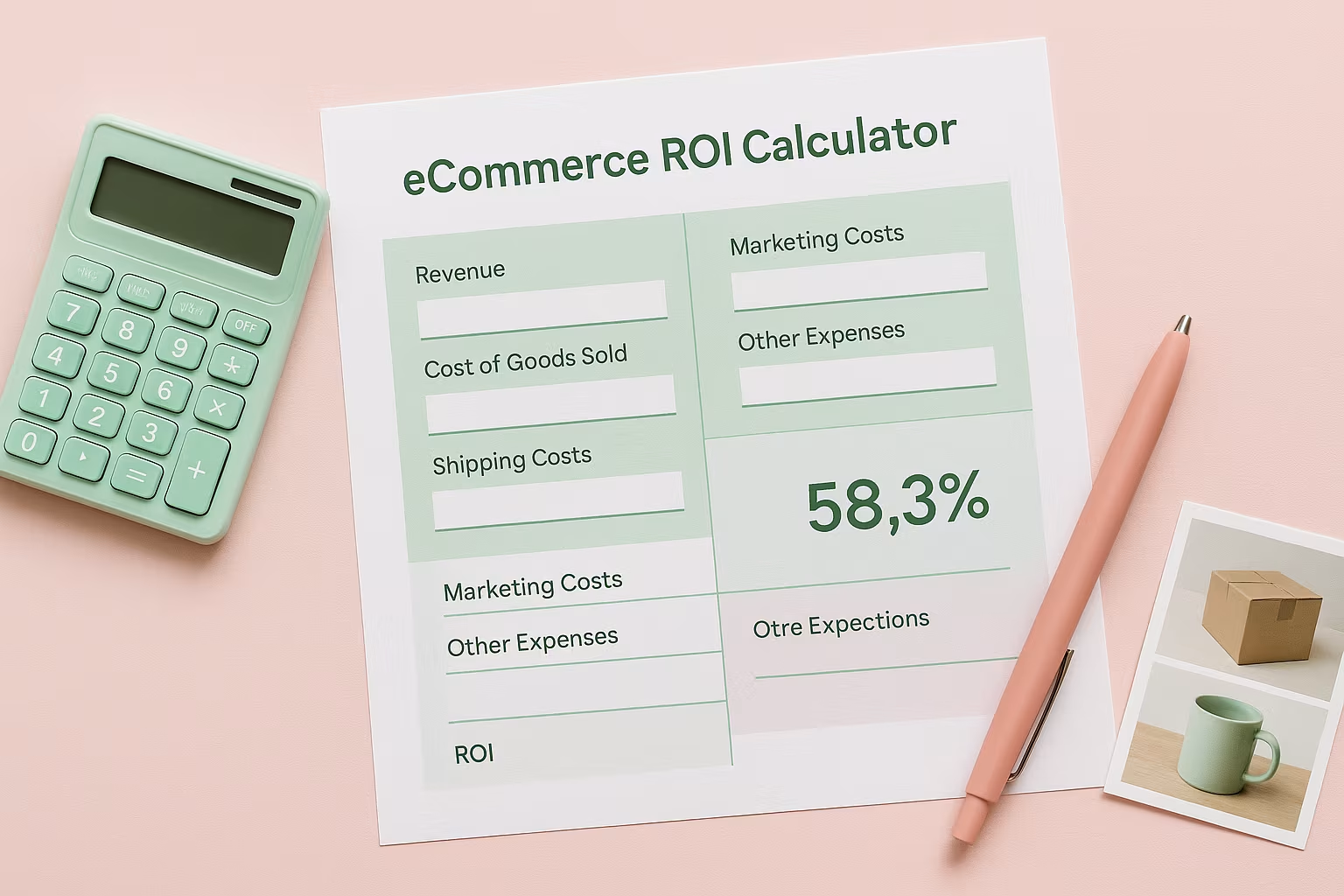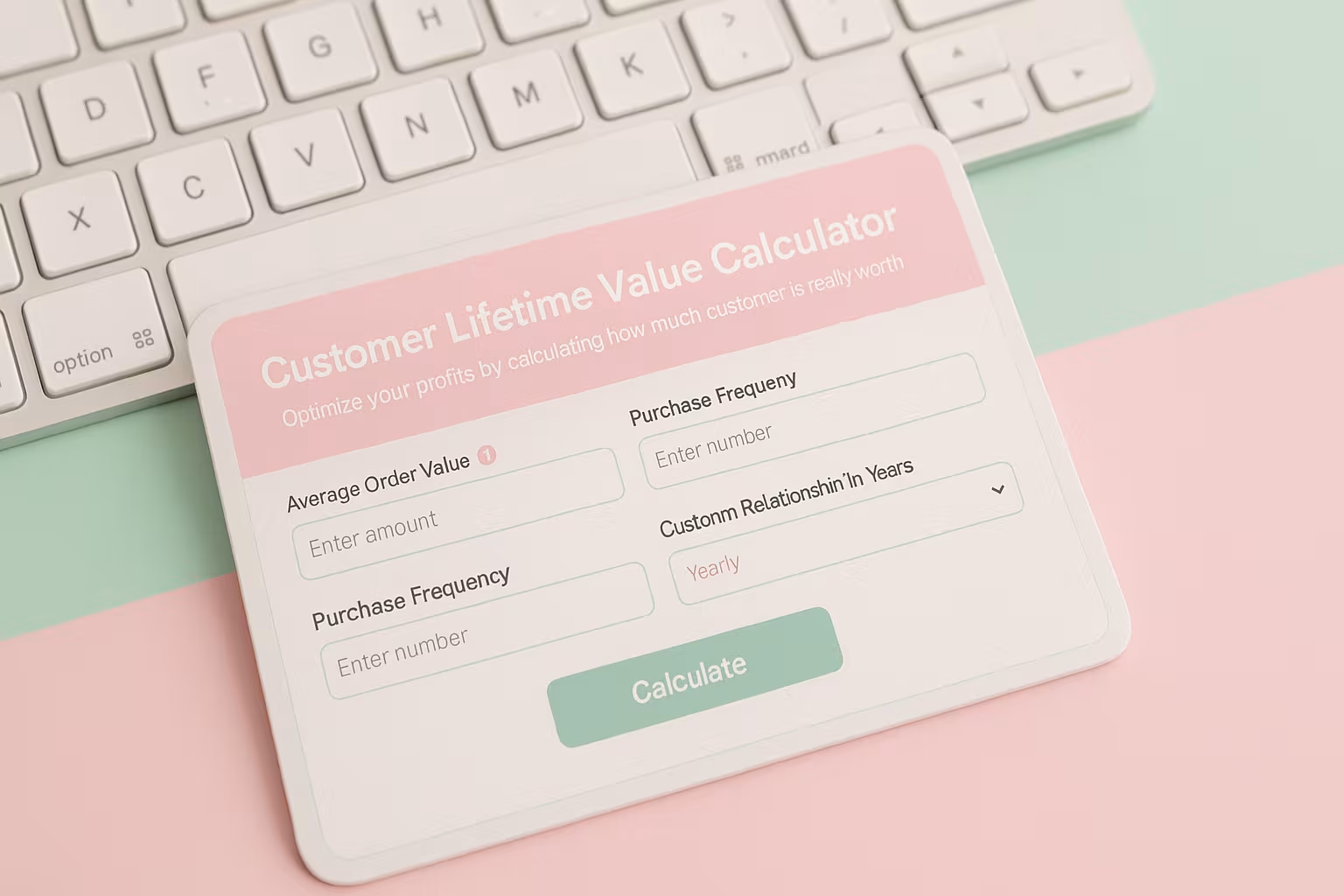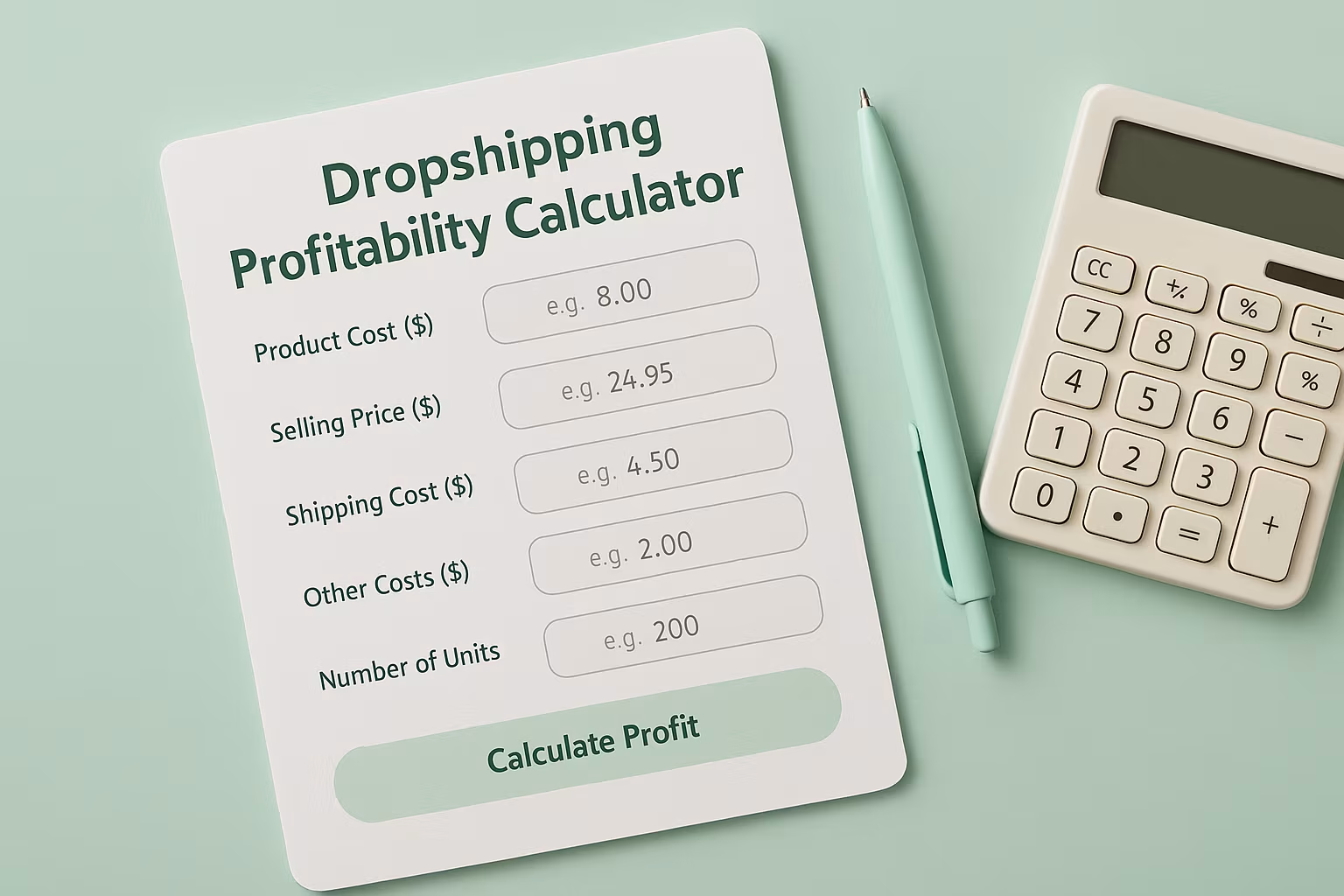Do You Need to Trademark Your Dropshipping Business Name? Trademark Timing

Starting a dropshipping business brings countless decisions, but one question consistently catches entrepreneurs off guard: Should you trademark your dropshipping business name?
With over 30 million small businesses in the U.S. and eCommerce competition growing rapidly, securing your brand identity early can be a strategic advantage.
The short answer to whether you need to trademark your dropshipping business name isn't as straightforward as most business guides suggest, and the decision depends heavily on your specific circumstances, growth plans, and budget.
Dropshipping Business’s Strategic Timing for Trademark Applications
Successful dropshippers typically follow predictable trademark timing patterns based on business milestones rather than arbitrary timelines. These patterns maximize protection value while minimizing unnecessary expenses.

The $50K Revenue Threshold
Industry analysis suggests businesses reaching $50,000 in annual revenue benefit most from trademark protection.
At this level, brand value justifies protection costs, and established customer bases create enforcement opportunities. Earlier applications often protect businesses with insufficient market presence to warrant trademark strength.
Product Line Expansion Signals
Businesses expanding beyond single products or entering new categories should evaluate trademark needs. Multiple product lines increase brand exposure and create more infringement opportunities. Expansion also suggests business stability that supports long-term trademark investments.
Competitive Pressure Indicators
Increased competitor attention, including direct copying of marketing materials or product positioning, signals potential trademark needs. These behaviors often escalate to brand-name conflicts, making proactive protection valuable.
Cost-Effective Brand Protection Alternatives
Smart dropshippers often pursue brand protection without formal trademark registration, especially during early growth phases. These strategies provide meaningful protection at a fraction of traditional trademark costs.
Immediate Protection Steps You Can Take Today
- Secure comprehensive domain registration - Purchase your business name across major extensions (.com, .net, .org) for under $100 annually.
- Lock down social media handles - Consistent usernames across platforms prevent competitor confusion tactic.s
- File state business registration and DBA - Costs $50-$200 but provides enforceable legal standing against local competitors.
- Register copyrights for brand assets - Logo designs, website copy, and product descriptions get automatic protection, with formal registration costing only $45-$65
Brand Monitoring Without Breaking the Bank
Professional monitoring services track unauthorized use of your business name across internet platforms. Services like Mention or Brand24 cost $30-$100 monthly but provide early warning systems for potential trademark conflicts.
Early detection often prevents costly legal disputes through prompt cease-and-desist communications.
Understanding the True Cost of Trademark Ownership

Beyond initial filing fees, trademark applications involve ongoing expenses that catch unprepared business owners off guard. Understanding these costs prevents budget surprises and helps evaluate true trademark ROI.
Hidden Expenses Most Dropshippers Don't Consider
- Maintenance filings between years 5-6 - Required to keep trademarks active, costing $225-$400 per class
- 10-year renewal requirements - Similar costs every decade, with abandonment if payments are missed
- Active enforcement responsibilities - Trademark owners must police their marks, including monitoring competitors and sending cease-and-desist letters
- Multiple classification fees - Dropshipping businesses often need protection across several trademark classes, multiplying costs
The Classification Complexity Challenge
The USPTO organizes trademarks into 45 distinct classes covering different goods and services. A private-label dropshipping business often operates across multiple classes, which can significantly increase application costs.
For example, a business selling health products might need protection in classes covering dietary supplements, retail services, and online commerce, potentially tripling the initial investment.
When NOT to Pursue Trademark Protection
Certain dropshipping scenarios make trademark applications counterproductive or financially irresponsible. Recognizing these situations prevents wasted resources and misallocated business focus.
Business Situations Where Trademarks Don't Make Sense
- Testing and validation phases - Brand names often change during market testing, making early applications worthless.
- Highly competitive generic markets - Phone accessories, generic electronics, and commodity products rarely benefit from brand protection.
- Limited geographic scope - Local or regional businesses often find that state registration provides sufficient protection
- Inconsistent revenue streams - Businesses without proven market demand shouldn't invest in brand protection yet
Focus Your Resources Where They Matter Most
Rather than rushing into trademark applications, early-stage dropshippers benefit more from investing in product quality, customer service, and marketing effectiveness. These fundamentals build brands worth protecting later.
What the Pros Do Differently: The Intent-to-Use Strategy
Here's an insider approach most dropshippers never consider: filing "intent-to-use" trademark applications for planned business names before launch. This strategy costs the same as regular applications but secures trademark priority while businesses develop.
The application provides 6-month extensions (up to 30 months total) to begin commercial use, protecting promising brand names during product development phases.
This approach particularly benefits entrepreneurs developing multiple business concepts simultaneously. Rather than rushing to market with untested names, intent-to-use applications secure trademark rights while allowing thorough market validation.
Finding the Best Fit for Your Business Goals
The trademark decision depends on balancing brand protection benefits with costs and business priorities. Successful dropshippers often take a phased approach, starting with basic protections and upgrading as they grow.
Begin with domain registration, securing social media, and business name registration. Monitor brand use and competitors while building revenue. Consider trademarking once monthly revenue exceeds $8,000–$10,000 and expansion plans are clear.
Ready to act? Assess your revenue, competition, and growth plans. Whether you choose immediate trademarking or strategic alternatives, consistent brand building is the best long-term investment.
The information provided in this article is meant for general informational purposes only and should not be considered as professional or legal advice. We do not guarantee the completeness, accuracy, reliability, or suitability of the information in this article. We strongly recommend seeking professional guidance that suits your individual circumstances.
FAQ
Related blogs

Break-Even ROAS Calculator: Find Out What You Can Afford to Spend on Ads

Ecommerce ROI Calculator: Scale Your Store

Customer Lifetime Value Calculator: Unlock Your E-commerce Revenue Potential


